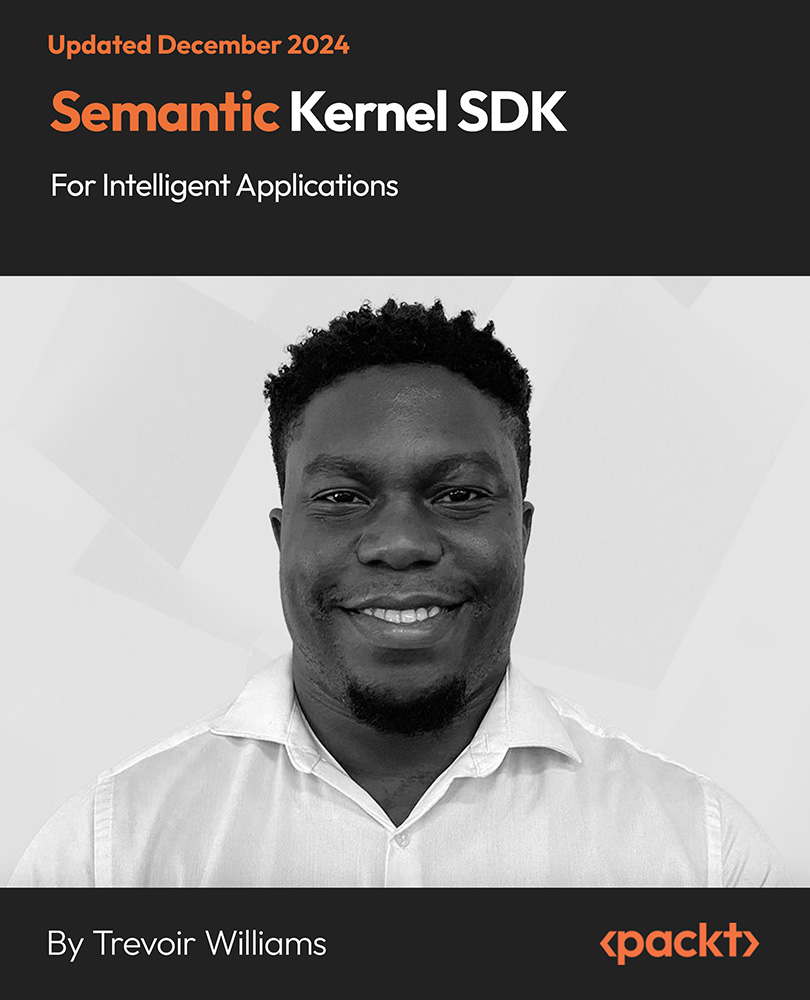SELECT is used to restrict tuples from the relation. SELECT always returns a unique set of tuples this is inherited form entity integrity constraint. For example, the query give me the customer information where the customer_id equals to 2 is written as follows:
σcustomer_id =2 customer
The selection, as mentioned earlier, is commutative; the query give me all customers where the customer mail is known, and the customer first name is kim is written in three different ways, as follows:
σemail is not null(σfirst_name =kim customer)
σfirst_name =kim(σemail is not null customer)
σfirst_name =kim and email is not null (customer)
The selection predicates are certainly determined by the data types. For numeric data types, the comparison operator might be ≠, =, <, >, ≥, or ≤. The predicate expression can also contain complex expressions and functions. The equivalent SQL statement for the SELECT operator is the SELECT * statement, and the predicate is defined in the WHERE clause.
The symbol * means all the relation attributes; note that in the production environment, it is not recommended to use *. Instead, one should list all the relation attributes explicitly.
The following SELECT statement is equivalent for the relational algebra expression σ</span>customer_id =2 customer:
SELECT * FROM customer WHERE customer_id = 2;
The project operation could be visualized as vertical slicing of the table. The query, give me the customer names, is written in relational algebra as follows:
π first_name, last_name customer
The following is the result of projection expression:
|
first_name
|
last_name
|
|
thomas
|
sieh
|
|
wang
|
kim
|
Duplicate tuples are not allowed in the formal relational model; the number of returned tuples from the PROJECT operator is always equal to or less than the number of total tuples in the relation. If a PROJECT operator's attribute list contains a primary key, then the resulting relation has the same number of tuples as the projected relation.
The projection operator also can be optimized, for example, cascading projections could be optimized as the following expression:
πa(πa,πb(R)) = πa(R)
The SQL equivalent for the PROJECT operator is SELECT DISTINCT. The DISTINCT keyword is used to eliminate duplicates. To get the result shown in the preceding expression, one could execute the following SQL statement:
SELECT DISTINCT first_name, last_name FROM customers;
The sequence of the execution of the PROJECT and SELECT operations can be interchangeable in some cases. The query give me the name of the customer with customer_id equal to 2 could be written as follows:
σcustomer_id =2 (π first_name, last_name customer)
π first_name, last_name(σcustomer_id =2 customer)
In other cases, the PROJECT and SELECT operators must have an explicit order as shown in the following example; otherwise, it will lead to an incorrect expression. The query, give me the last name of the customers where the first name is kim, could be written in the following way:
π last_name(σfirst_name=kim customer)
 United States
United States
 Great Britain
Great Britain
 India
India
 Germany
Germany
 France
France
 Canada
Canada
 Russia
Russia
 Spain
Spain
 Brazil
Brazil
 Australia
Australia
 Singapore
Singapore
 Hungary
Hungary
 Ukraine
Ukraine
 Luxembourg
Luxembourg
 Estonia
Estonia
 Lithuania
Lithuania
 South Korea
South Korea
 Turkey
Turkey
 Switzerland
Switzerland
 Colombia
Colombia
 Taiwan
Taiwan
 Chile
Chile
 Norway
Norway
 Ecuador
Ecuador
 Indonesia
Indonesia
 New Zealand
New Zealand
 Cyprus
Cyprus
 Denmark
Denmark
 Finland
Finland
 Poland
Poland
 Malta
Malta
 Czechia
Czechia
 Austria
Austria
 Sweden
Sweden
 Italy
Italy
 Egypt
Egypt
 Belgium
Belgium
 Portugal
Portugal
 Slovenia
Slovenia
 Ireland
Ireland
 Romania
Romania
 Greece
Greece
 Argentina
Argentina
 Netherlands
Netherlands
 Bulgaria
Bulgaria
 Latvia
Latvia
 South Africa
South Africa
 Malaysia
Malaysia
 Japan
Japan
 Slovakia
Slovakia
 Philippines
Philippines
 Mexico
Mexico
 Thailand
Thailand

















